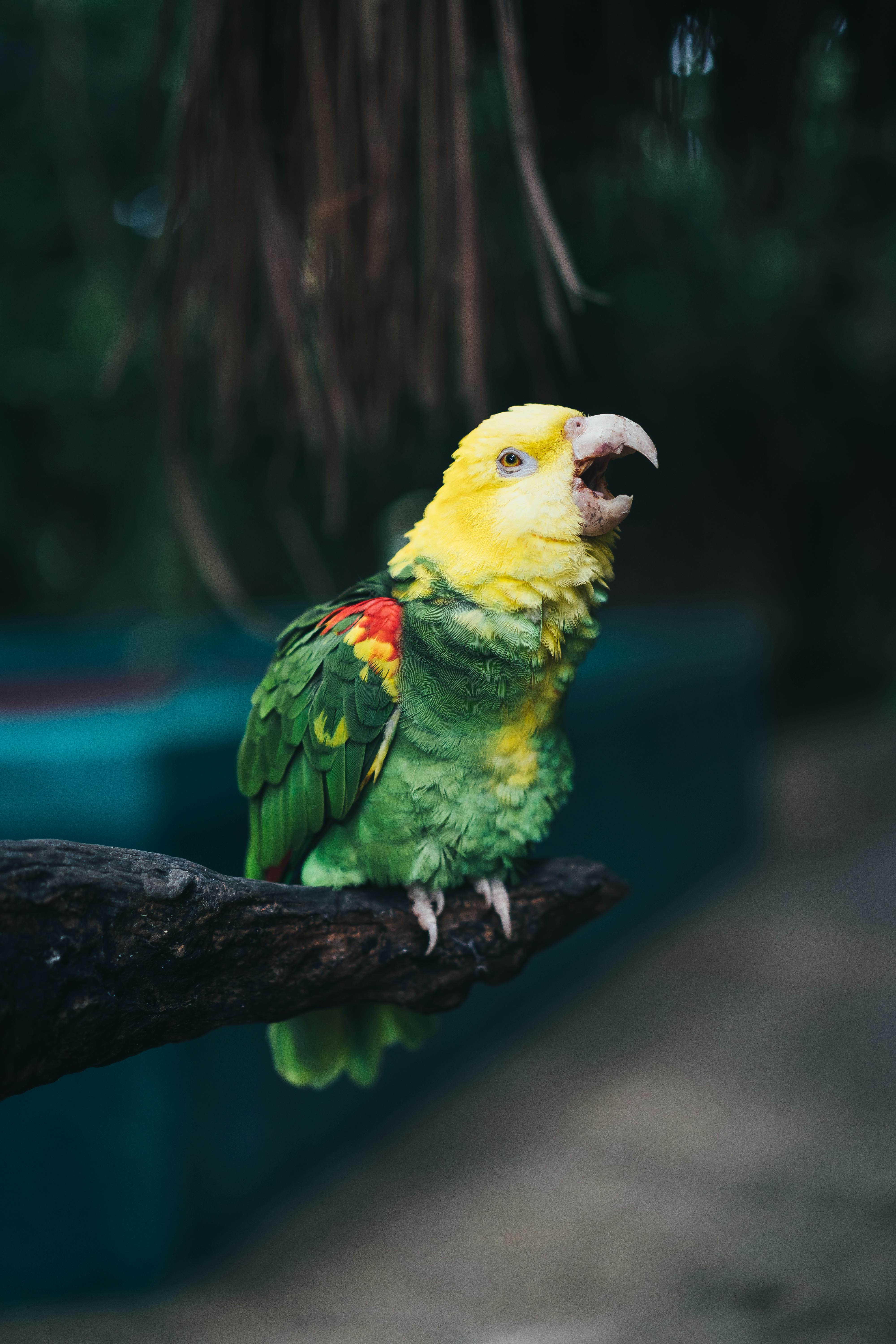Essential Guide to Popular Small Aquarium Fish for Easy Care
When considering a pet for your home, small aquarium fish offer an excellent choice, particularly for families and beginners. Their vibrant colors and minimal care requirements make them an ideal pet for children and adults alike. Small aquarium fish provide an opportunity to learn about aquatic biology, maintain an aquarium ecosystem, and enjoy the tranquil beauty of fish swimming in a well-decorated tank.
This guide will walk you through some of the best small aquarium fish available, their care needs, and practical tips to create a thriving small community tank. We will discuss popular types of freshwater aquarium fish, how to create ideal small fish habitats, and what to consider when selecting tank mates to ensure harmony in your aquatic environment.
By the end of this article, you'll be equipped with the knowledge to select, care for, and enjoy your small aquarium fish, making it an enriching experience in your home!
Key Takeaways: Learn about the best small aquarium fish for beginners, care requirements, compatibility, and how to maintain a healthy aquatic environment.
Choose the Best Small Aquarium Fish for Your Setup
With hundreds of fish species available, selecting the best small aquarium fish can be overwhelming. However, understanding a few important factors can simplify your choice. It's vital to consider your tank size, desired fish characteristics, and community dynamics. Here’s how to choose suitable fish for your aquarium.
Top Popular Small Freshwater Fish
Among the best small aquarium fish, species like the neon tetra, guppy fish, and betta fish stand out. These vibrant fish add color and life to any aquarium. Neon tetras are known for their peaceful behavior and can thrive in schools, making them a fantastic choice for community tanks.
Guppies are easy to care for and breed, making them ideal for beginners looking to expand their aquarium experience. Betta fish, on the other hand, are more aggressive and should be kept alone unless with specific compatible species. For more ideas on popular small aquarium fish, explore resources dedicated to nano fish species.
The Importance of Fish Compatibility
Choosing fish that are compatible with one another is critical to maintaining a peaceful aquarium. Research common small fish misconceptions and follow guidance on fish compatibility charts. Peace-loving small fish such as chili rasboras and ember tetras can coexist harmoniously, reducing stress levels and contributing to a thriving ecosystem.
Planning tank mates carefully will ensure your aquarium’s success. For example, keeping aggressive fish, like bettas, away from peaceful community fish can prevent unnecessary conflicts.
Understanding Environmental Needs
Small fish have specific environmental needs regarding water quality, temperature, and lighting. Freshwater aquarium fish typically thrive in stable conditions, with water temperature ranging between 75-80°F for tropical fish like guppies and tetras. Monitoring water parameters regularly is essential to sustain healthy fish.
Make sure to provide adequate filtration systems and maintain a regular cleaning schedule to keep the aquarium in pristine condition. Adding safe plants for small fish, such as java moss or anubias, can enhance their habitat and offer hiding spots.

Create Ideal Small Aquarium Setups
The setup of your aquarium plays a significant role in the health of your fish. Understanding how to design and maintain small aquarium setups will lead to happier fish and more enjoyable viewing experiences.
Tank Size and Layout Considerations
For small fish, it's crucial to determine the appropriate tank size. While some fish species can thrive in nano aquariums as small as 5 gallons, others require larger tanks to accommodate their social behaviors. Always remember to follow tank size recommendations to avoid overcrowding, which can lead to stress and health issues in fish.
Layout is also important. Decorate your aquarium with structures to create hiding places, as well as open swimming spaces to stimulate interaction among fish. Using rocks, driftwood, and aquatic plants can enhance aesthetics and provide the necessary comfort for your fish.
Maintaining Water Quality and Temperature
Water quality and temperature should be monitored closely to create a balanced ecosystem. Frequent water changes—generally around 25% every two weeks—will help maintain optimal conditions. Invest in an efficient filter suited for small tanks and explore best practices for maintaining water quality.
Maintaining proper pH levels is crucial for the health of your small aquarium fish. Most freshwater tropical fish thrive in slightly acidic to neutral pH levels, making regular testing of aquarium water essential.
Feeding Habits and Nutrition
Understanding the feeding habits of small fish can considerably impact their health. Choose the right fish food that aligns with their dietary needs. Many small fish are omnivorous, thriving on a diet consisting of high-quality flakes or pellets, supplemented with frozen or live foods like brine shrimp or daphnia.
Establishing a consistent feeding schedule will help you monitor their dietary intake and promote healthy growth. It's essential to avoid overfeeding, as undigested food can pollute water and lead to diseases.

Care and Maintenance of Small Aquarium Fish
Proper care and maintenance will keep your fish thriving and reduce potential health problems. There are several strategies that every aquarist should implement to ensure a healthy environment.
Common Small Fish Diseases
Just like any pet, small aquarium fish can experience health issues. Common diseases include ich, fin rot, and swim bladder disease. Regular observation of fish behavior is important; look for signs of stress or illness, such as unusual swimming patterns or lethargy.
Maintaining a quarantine procedure for new fish can prevent the introduction of diseases to your established community tank. Educate yourself on treatment methods for various conditions and consult with a veterinarian when necessary.
Successful Breeding Strategies
If you’re interested in breeding small fish, understanding their breeding habits and requirements is essential. Many small fish, like guppies, are livebearers, while others may lay eggs. Providing appropriate breeding setups with plenty of hiding spots will enable successful breeding.
For a thorough guide, consider exploring breeding small fish in aquariums, which offers detailed techniques and tips from expert aquarists.
Enrichment for Small Fish
Keeping your small aquarium fish engaged is equally important for their health and well-being. Introduce enrichment activities like varying the aquarium layout or adding new plants and structures. This practice reduces stress and encourages natural behaviors, making your aquarium a more dynamic habitat.
Q&A Section on Small Aquarium Fish
What is the best tank size for small aquarium fish?
Most small freshwater fish thrive in tanks of at least 5 gallons. However, aim for larger tanks if keeping multiple species to maintain stable water quality.
Are there specific fish that can live together peacefully?
Yes! Peace-loving species like neon tetras, guppies, and ember tetras typically coexist well in community tanks. Always check compatibility charts before introducing new fish.
How can I prevent stress in my aquarium fish?
Mitigate stress by providing hiding spots, maintaining stable water conditions, and avoiding aggressive species that may terrorize their tank mates.
In conclusion, small aquarium fish offer a delightful and rewarding experience for both new and seasoned aquarists. Understanding the specific needs of each species, along with establishing a proper setup and maintenance routine, will ensure you create a peaceful and sustainable aquatic environment.
